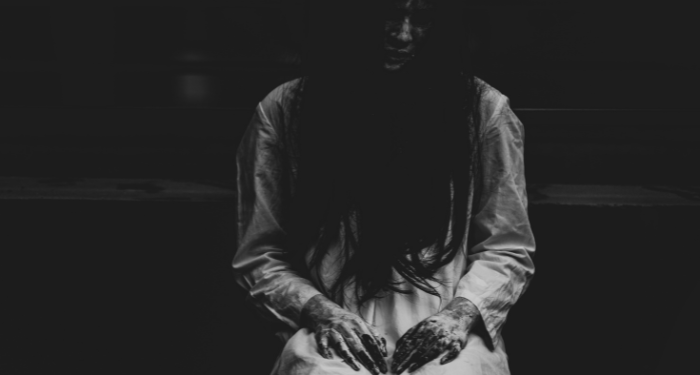
What Really Goes Bump in the Night: Recent BIPOC Horror & Thrillers to Give You Goosebumps This Fall
It’s my favorite time of the year for terrifying tales. The shadows are growing longer, and there’s a crisp edge to the air. What else is all that darkness good for if not reading scary stories?
Interestingly, one of the most common reactions non-horror-readers have when I tell them I’m an avid horror reader is to grimace and make a comment about how they don’t enjoy horror because they dislike bloodshed or feeling scared. The comical implication behind these kinds of reactions is that because I enjoy horror, I have found a way to hide my depravity from them before this point.
First off, I’ve never been one to hide my depravity. More importantly, I don’t read horror because I’m some bloodthirsty maniac. I read it because all the gore and fright is something that somehow helps me think through some of the truly frightening aspects of the world we live in.
To this end, there’s been a lot of discussion in recent years about the ways horror fiction connects to reality. In a piece for Book Riot on Latin American horror, Rey Rowland speaks to the contextual nature of horror. Reflecting on the reason recent Latin American horror novels hit so close to home, she notes that “these books take something quotidian that is already pretty terrifying in order to create dark and often harrowing stories…The horror relies on the fact that these books mirror what we have to live with every day.”
In her NPR article “Reading Horror Can Arm Us Against a Horrifying World,” Ruthanna Emrys writes that “the best modern work depicts terrors fit for those already intimate with fear,” touching on what this means in relation to race and gender. Emrys then posits that horror “tells us how to live with being afraid. It tells us how to distinguish real evil from harmless shadows. It tells us how to fight back. It tells us that we can fight the worst evils.”
Simply put: for people who already know fear (like BIPOC folks), horror can be empowering. So go out and hunt down some horror for your bookshelf this fall because winter is coming, y’all.
Anthologies
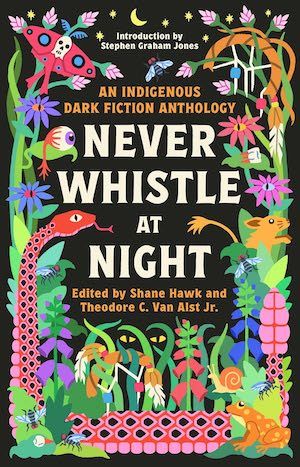
Never Whistle at Night: An Indigenous Dark Fiction Anthology edited by Shane Hawk and Theodore C. Van Alst Jr.
Read. This. Book. There’s no way I can do it justice in a short blurb, but in a nutshell: Never Whistle at Night draws together an amazing array of established and emerging Indigenous writers. With a foreword by horror giant Stephen Graham Jones, you know it’s gonna be good—and you won’t be disappointed. The collection opens with Mathilde Zeller’s “Kushtuka,” a deeply creepy tale of strength and survival that’ll have you biting your nails as the blood hits the walls. Every story that follows is engrossing and frightening in its own unique way, right through to the final story in the book: Waubgeshig Rice’s terrifying tale of torture and salvation, “Limbs.”
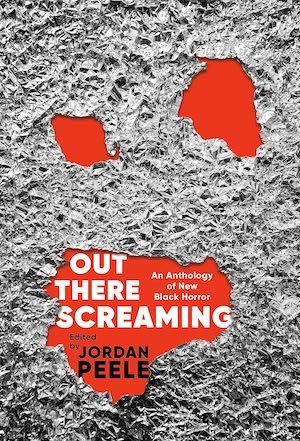
Out There Screaming: An Anthology of New Black Horror edited by Jordan Peele
There’s absolutely no way a collection of Black horror can go wrong when Jordan Peele’s at the helm (and, you know, writing the introduction), so you might as well run out and buy a copy now. Featuring familiar and new names alongside one another, a phenomenal variety of stories lies between the covers of this one. Not only will the tales chill you to the core (seriously, this is a nightmare inducer in the best of ways), but their use of horror to expose truths about our own reality might be the most frightening thing of all.
Novels
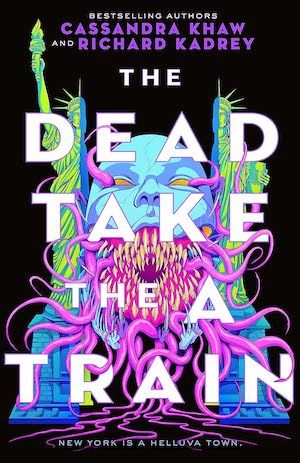
The Dead Take The A Train by Cassandra Khaw and Richard Kadrey
The first book of the Carrion City duology, this collaborative book is unexpected and wonderful. Julie Crews pretty much sows chaos in her wake, and given that she offers her magical services for hire in none other than New York City, well, things get really messy, really fast. Add a pompous Wall Street-climbing ex, a best friend on the run from a dangerous relationship, and a whole slew of monstrous and powerful creatures to the mix, and it’s pure gold. It turns out Khaw and Kadrey make a sidesplittingly funny team, which can be hard to accomplish in horror without going awry, but they manage it.
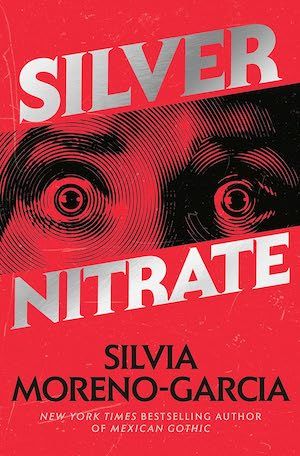
Silver Nitrate by Silvia Moreno-Garcia
A horror mystery with a strong romantic subplot, an engagement with recent Mexico City film history, and Nazi occultism run amok—penned by Silvia Moreno-Garcia, nonetheless? Yes, please. I’m always a fan of Moreno-Garcia’s spunky female leads, and Montserrat Curiel is no exception. When her longtime friend Tristán Abascal reaches out, they end up teaming up with an aging film director who claims his unfinished film is cursed. The trio work to finish the film and end the curse, but things spiral quickly, and if they hope to get out of this alive.
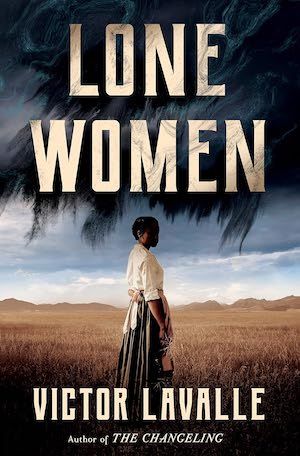
Lone Women by Victor LaValle
I can only describe LaValle’s latest novel as a feminist horror-western mashup. Given the demon creature locked up in Adelaide Henry’s massive and unexpectedly heavy steamer trunk, you know bloodshed awaits on the frozen earth of Montana. It’s the early 1900s, and Adelaide carries a family curse with her when she flees California after her parents’ violent deaths. Native lands are being divvied up and sold off to settlers (this isn’t news to anyone who knows their history of Allotment), and the remote region of Montana where Adelaide lands is rife with lawlessness. What I love about this book is the way LaValle continually shifts the ground right beneath the reader’s feet. Oh, and the ending is the best.
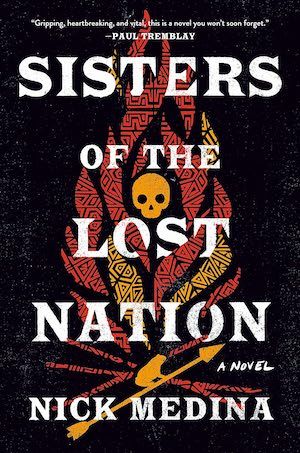
Sisters of the Lost Nation by Nick Medina
Described as a “mythological horror thriller,” Sisters of the Lost Nation is a powerful read. Set on a fictional reservation in Louisiana, it follows 17-year-old Anna Horn as she grapples with her own demons (figurative and no-so-figurative). But when her sister goes missing, things get really intense as Anna is determined to find her. Medina has spoken about the way the book brings attention to the MMIWG2S epidemic, and the strength of the characters combined with the incorporation of Indigenous mythologies makes it a compelling and urgent read.
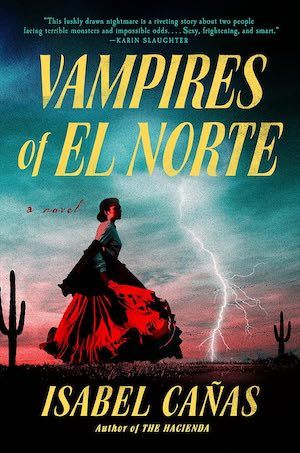
Vampires of El Norte by Isabel Cañas
I’m not entirely sure why vampires in the Rio Grande Valley during the Mexican-American War make such a good setting for a vampire tale, but it certainly does. As children, Nena and Néstor were close friends. When they’re attacked by vampires while hunting for treasure, Néstor flees, believing Nena has been killed. Years later, when the U.S. invades Mexico, Néstor returns to fight the Anglos and discovers that Nena is alive. The two have a lot of deep emotional wounds to heal as they fight the terrors—both human and otherwise—threatening their people and lands. Cañas masterfully interweaves horror, historical fiction, and romance in this gripping novel.
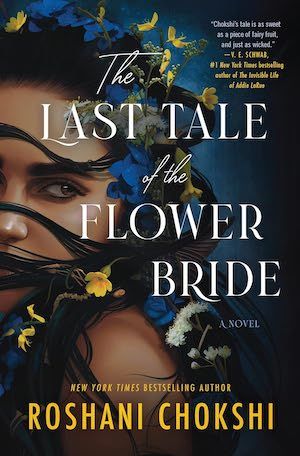
The Last Tale of the Flower Bride by Roshani Chokshi
This book made such a quiet entry onto the scene, but it left a big ol’ impression on this reader. Chokshi delivers a dark fairy tale, a haunted house, and an examination of privilege and hunger of all kinds. Simultaneously enchanting and unsettling, The Last Tale of the Flower Bride moves deftly between past and present in what begins as a love story between the bridegroom and his bride, Indigo. Their love rests upon a promise: that the bridegroom will not pry into Indigo’s past. But promises were made to be broken, and it’s not long before their present-day love story becomes entangled with a different love story: that of Indigo and Azure, two girls who are sisters in all but blood and aspire to leave the mortal realm and live with the fae. Written in stunning prose, Chokshi’s latest novel is an immersive experience.
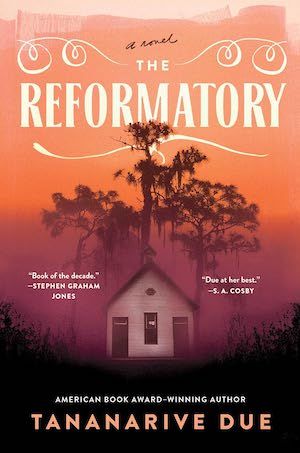
The Reformatory by Tananarive Due
Set for release on Halloween, The Reformatory is what happens when a horror writer learns a teenage family member died at a notoriously violent reform school seven decades ago. When 12-year-old Robert Stevens steps in to stop his older sister, Gloria, from being harassed by Lyle McCormack, everything goes horribly wrong. Robert is Black, and Lyle is white—and Lyle’s father wields both wealth and power in the small town. That’s how Robert ends up at a reform school for boys that’s infamous for its violent and abusive treatment. When he gets there, he realizes he can communicate with the ghosts of some of the late inmates. Before long, he finds himself dangerously positioned between these ghosts and the warden.
Go Ahead, Fall Down the Rabbit Hole
There’s plenty more amazing horror to be had, so go hunt some down! Follow the leads on this list of recent chilling reads by writers of color, or take a bite out of this list of cannibalistic horror reads. For a change of pace, laugh yourself scared with this list of parody horror.











